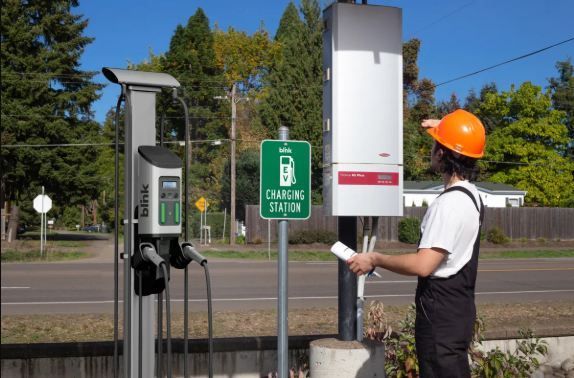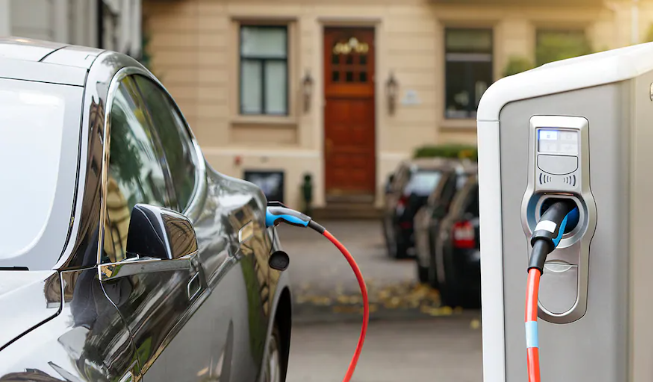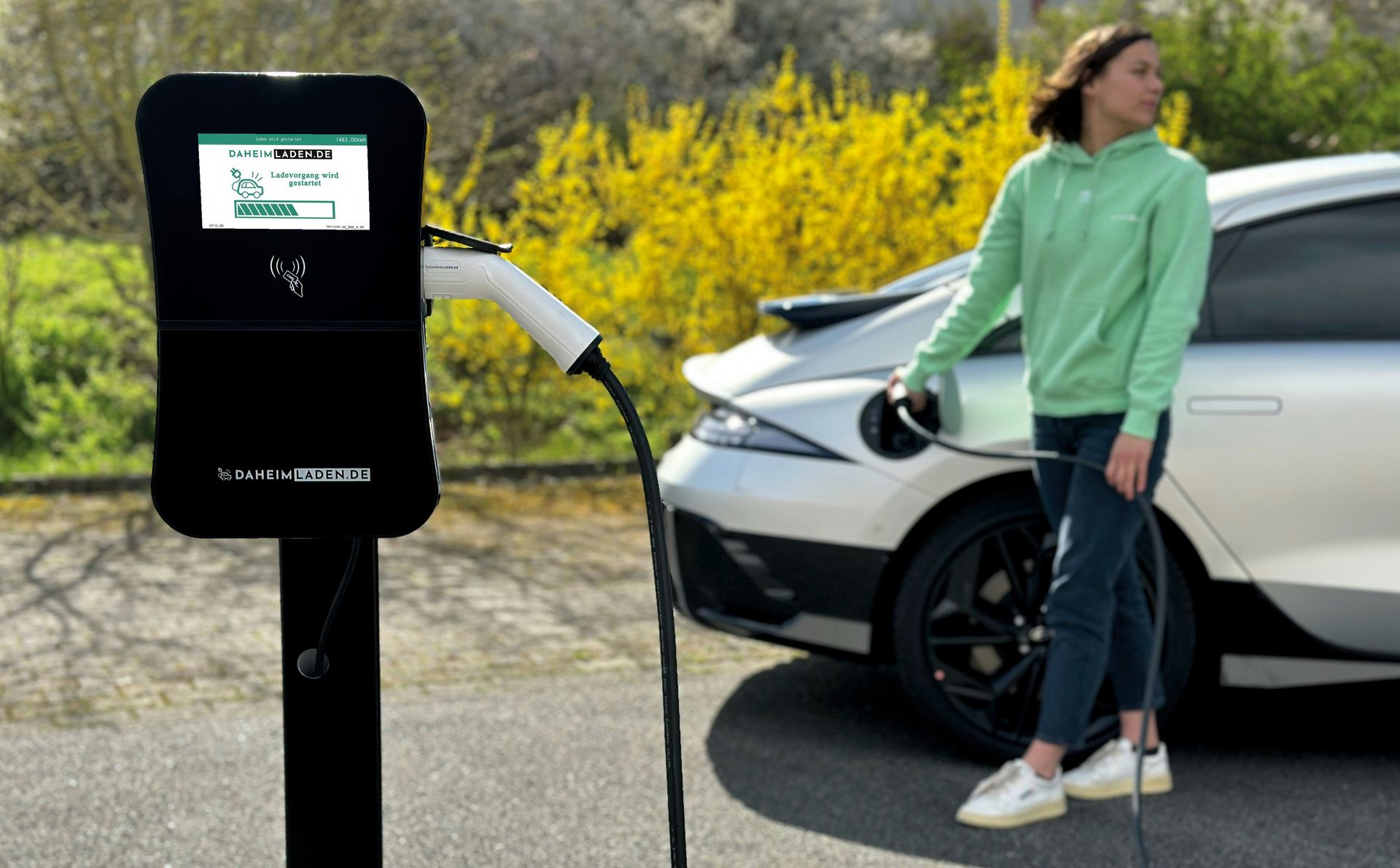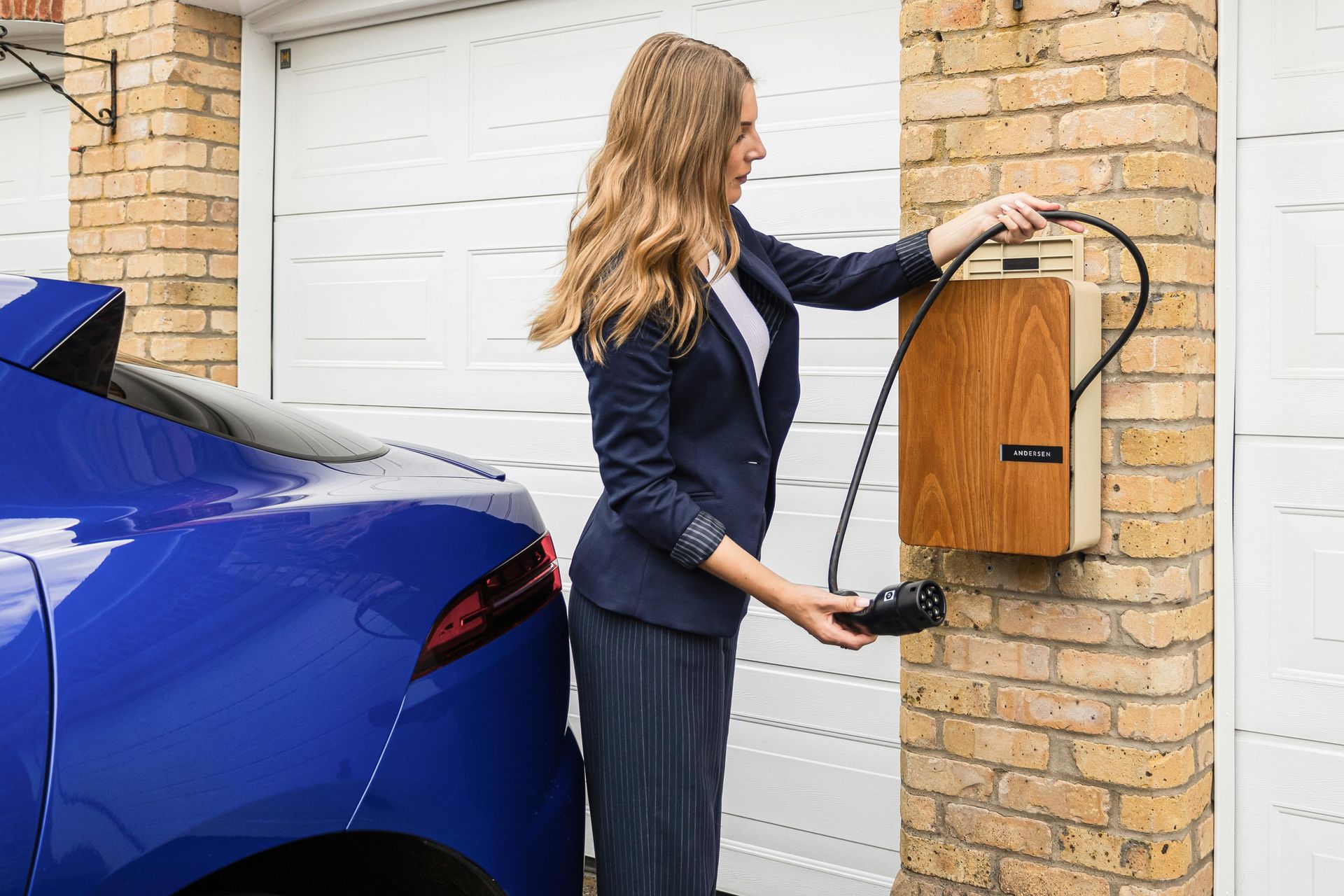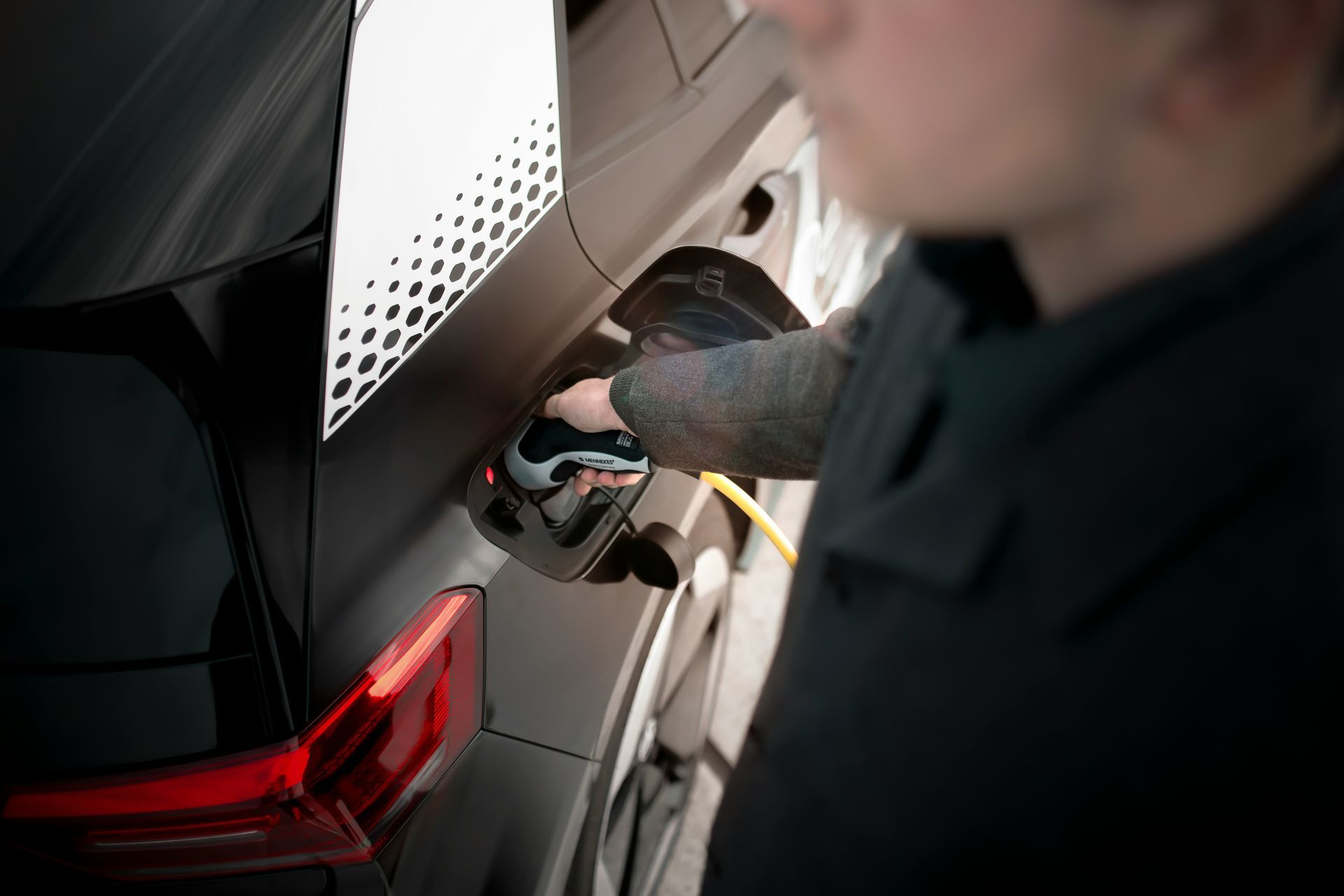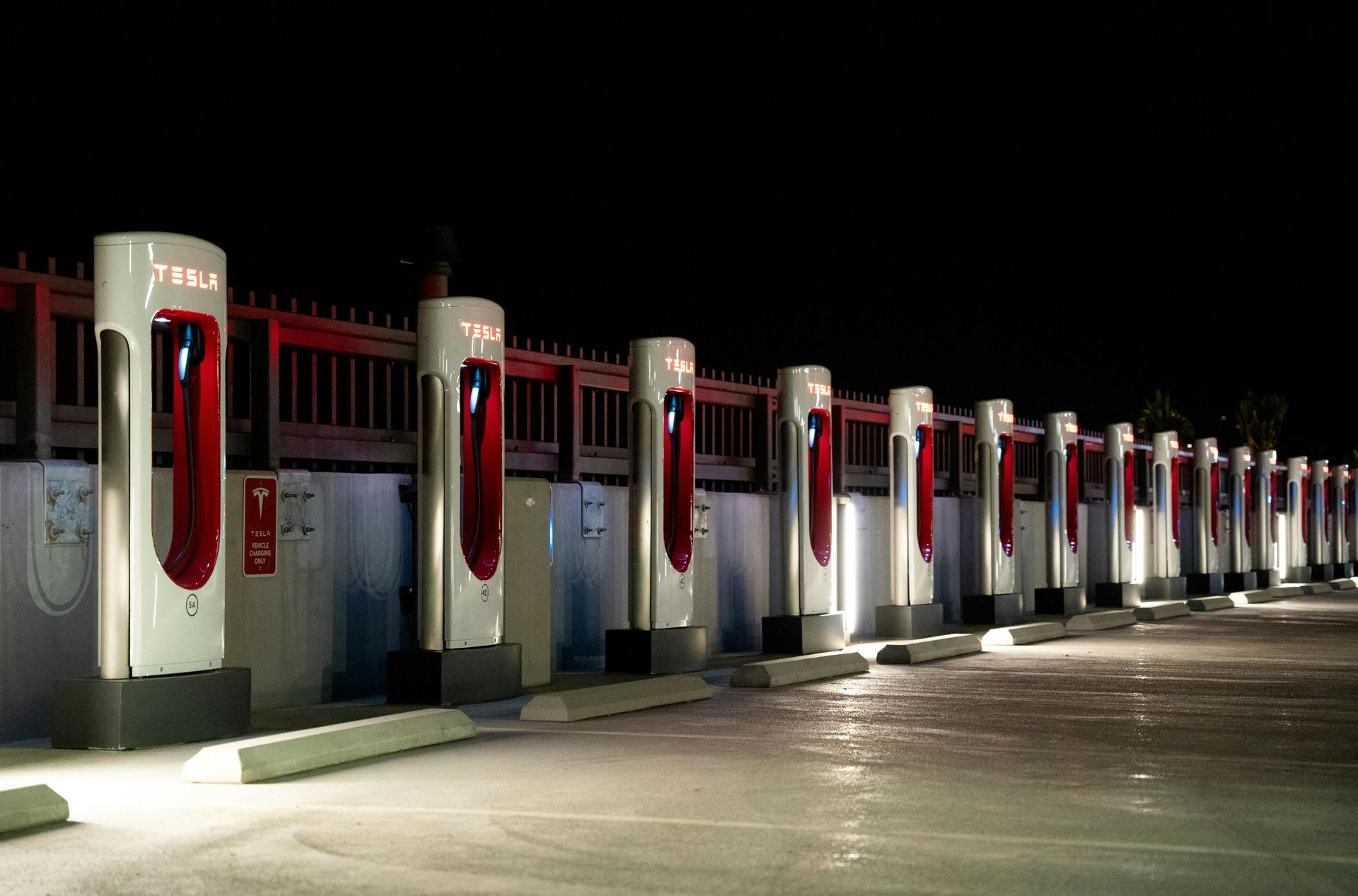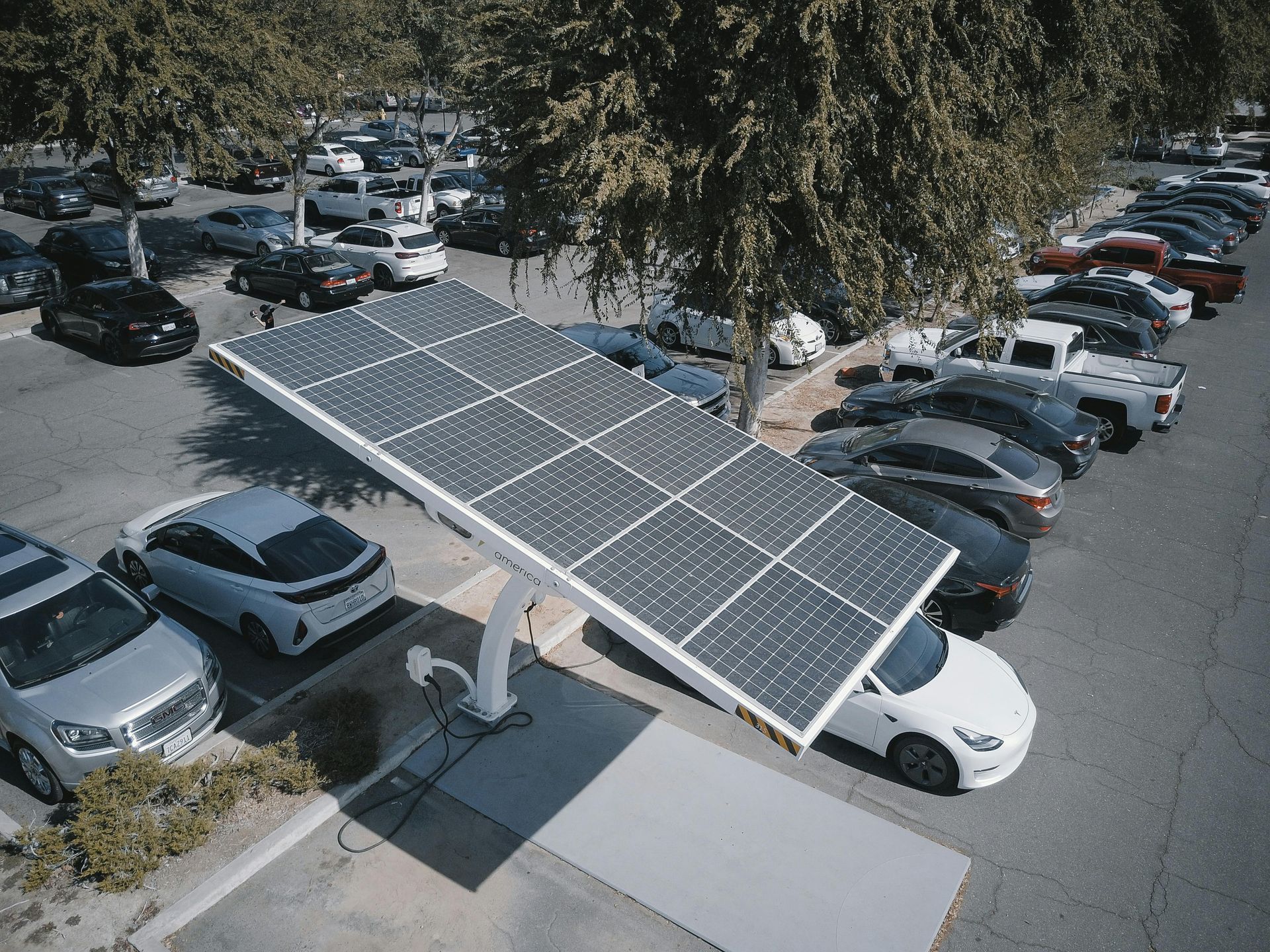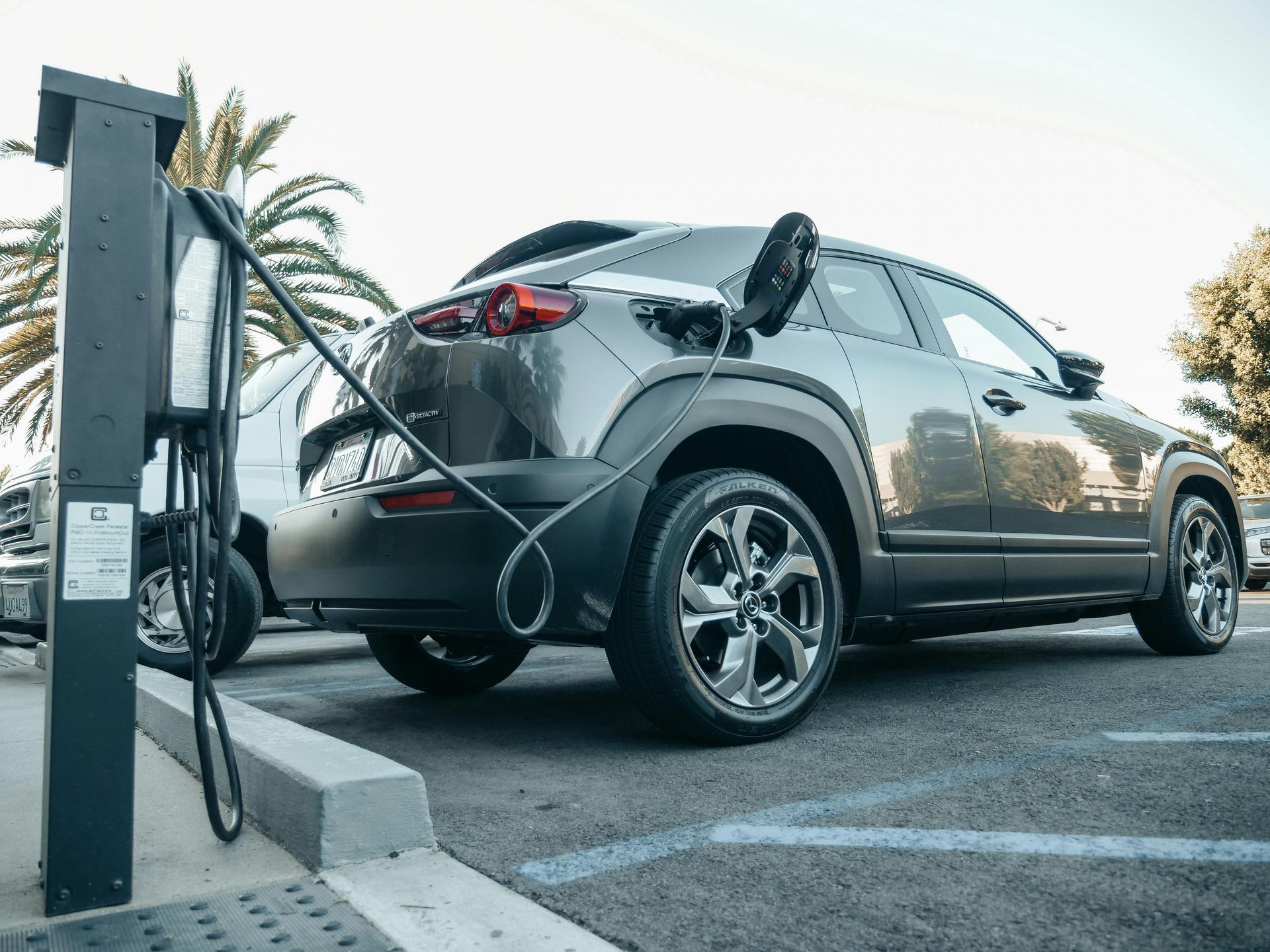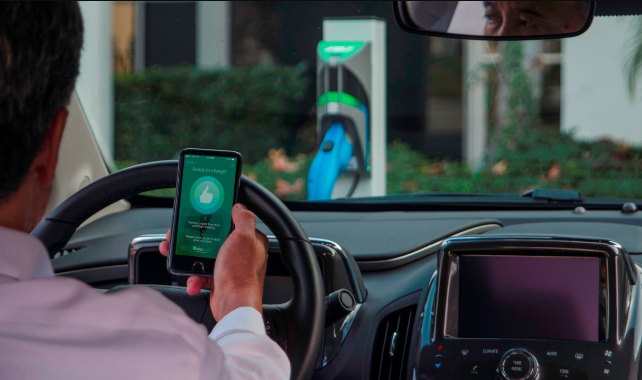The Best Practices for Maintaining Your EV Charger: Essential Care Guide
Recommendations and best practices for maintaining your EV charger
Introduction
Your electric vehicle charging station is an essential component of your EV ownership experience, providing reliable power to your vehicle day after day. Like any frequently used electrical equipment, charging stations benefit from proper maintenance to ensure optimal performance, safety, and longevity. While EV chargers are generally designed to be durable and weather-resistant, regular care can prevent issues before they occur and extend the lifespan of your investment.
Whether you have a basic Level 2 home charger or a more sophisticated smart charging station, implementing a simple maintenance routine helps ensure consistent performance in all seasons and conditions. This is particularly important in the Greater Toronto Area's variable climate, where charging equipment must withstand everything from summer heat to winter freezing conditions.
In this comprehensive guide, we'll explore the best practices for maintaining your EV charger, from routine visual inspections to cleaning procedures and knowing when to call in professional assistance. Following these recommendations will help keep your charging station operating at peak efficiency for years to come.
1. Regular Inspections
Establishing a routine inspection schedule is the foundation of proper charging station maintenance. Regular visual checks can identify potential issues before they affect your charging experience or compromise safety.
Creating an Inspection Schedule
Develop a consistent inspection routine based on your usage patterns:
Frequency Guidelines:
- Monthly: Brief visual inspection of the charging station, cable, and connector
- Quarterly: More thorough examination including mounting hardware and indicator lights
- Seasonally: Comprehensive check before extreme weather seasons (winter/summer)
- After extreme weather events: Additional inspection following severe storms or temperature fluctuations
For most residential users, a thorough monthly inspection takes just a few minutes but can prevent more significant problems down the line.
What to Look For
During your regular inspections, focus on these key areas:
Physical Condition:
- Check the charging station body for cracks, dents, or water ingress
- Examine mounting brackets or pedestals for stability and secure attachment
- Verify that protective covers or holsters are intact and functional
- Inspect the overall condition for signs of physical damage or vandalism
Indicator Lights and Display:
- Confirm power indicators show normal operation
- Check for error lights or warning symbols
- Verify that display screens (if present) function correctly and are readable
- Note any unusual blinking patterns or error codes
Environmental Factors:
- Clear any debris, snow, or ice accumulation around the unit
- Check for proper clearance around ventilation areas
- Verify that drainage is working correctly in outdoor installations
- Ensure that protective covers are properly positioned
Creating a simple inspection checklist tailored to your specific charging equipment can help ensure that you don't overlook important maintenance points during routine checks.
2. Cleaning Your Charger
Regular cleaning prevents dirt accumulation that can affect both performance and longevity of your charging equipment. The charging environment—whether it's a dusty garage, an outdoor installation exposed to the elements, or a parking area with road salt exposure during Toronto winters—dictates the frequency and method of cleaning.
Exterior Cleaning
The outer casing of your charging station requires periodic attention:
Recommended Cleaning Process:
- Turn off power to the charging station at the circuit breaker before cleaning
- Use a soft, slightly damp cloth to wipe down the exterior surfaces
- For stubborn dirt, apply a mild, non-abrasive cleaner suitable for electrical equipment
- Pay special attention to cooling vents, ensuring they remain unobstructed
- For touchscreens or displays, use appropriate electronic screen cleaners
- Allow the unit to completely dry before restoring power
Important Cautions:
- Never use pressure washers or direct water spray on charging equipment
- Avoid harsh chemical cleaners that could damage plastic components
- Don't use abrasive materials that could scratch surfaces or displays
Outdoor units in the GTA may require more frequent cleaning, particularly after winter when road salt residue can accumulate on lower portions of the equipment.
Connector and Cable Care
The charging connector and cable require special attention as they experience the most handling and environmental exposure:
Connector Cleaning:
- Inspect the connector pins for dirt, debris, or corrosion
- Use compressed air to blow out any dust or debris (avoid moisture)
- For stubborn residue, use an electrical contact cleaner on the metal pins
- Never use water or general-purpose cleaners on connector pins
Cable Maintenance:
- Wipe down the entire length of the cable with a damp cloth
- Check for any sticky residue that might attract dirt
- Inspect cable sheathing for cuts, abrasions, or cracking
- Ensure proper cable management to prevent tripping hazards or strain
Winter-Specific Care:
- Remove ice buildup carefully without using sharp objects
- Gently warm frozen connectors rather than forcing them
- Keep connectors in holsters when not in use to prevent moisture accumulation
- Consider a connector cover for additional protection in severe weather
Proper cable management between charging sessions—using built-in holsters or cable management systems—reduces strain on the cable and helps extend its lifespan.
3. Checking Connections and Cables
The electrical connections of your charging station are critical to both performance and safety. Regular inspection of these components helps prevent charging interruptions and potential hazards.
Examining External Connections
Start by assessing the visible connection points of your charging system:
Connector Inspection:
- Check the charging connector for bent or damaged pins
- Verify that the connector fits properly in your vehicle inlet without looseness
- Inspect rubber seals or gaskets for deterioration
- Look for discoloration of pins that might indicate overheating
Holster or Dock Connection:
- Ensure that the connector seats properly in its holster when not in use
- Verify that any locking mechanisms function correctly
- Check that weather seals make proper contact
Cable Condition Assessment:
- Run your hands along the entire cable length, feeling for any internal damage not visible from the surface
- Check for any unusual stiffness or softness that might indicate internal deterioration
- Pay special attention to points where the cable enters the charging station and connector
- Ensure that strain reliefs at both ends are intact and functioning properly
These checks are particularly important for outdoor installations or chargers that experience frequent use.
Internal Connection Security
While internal components typically require professional inspection, be aware of signs that might indicate connection problems:
Warning Signs:
- Intermittent charging failures or unexplained interruptions
- Circuit breaker trips during charging sessions
- Unusual noises such as buzzing or clicking from the charging unit
- Warm spots or hot areas on the charger casing
- Burning smells or visible smoke (requiring immediate professional attention)
For hardwired units, the connection to your home's electrical system should be professionally inspected annually to ensure terminal screws remain tight and there are no signs of overheating at connection points.
Cable Management Best Practices
Proper handling of charging cables significantly extends their lifespan:
Daily Handling Tips:
- Avoid sharp bends or kinks when storing the cable
- Use proper cable management systems rather than letting cables rest on the ground
- Don't hang excessive weight from the cable or connector
- Avoid driving over cables, which can cause internal damage not immediately visible
Storage Recommendations:
- Use the provided holster or dock between charging sessions
- Coil cables loosely rather than tightly wrapping them
- Keep cables off the ground when possible to prevent moisture exposure and tripping hazards
- Consider a cable management system if your charger doesn't include one
Proper cable management is not just about longevity—it also prevents safety hazards like tripping or strain-related damage that could compromise electrical insulation.
4. Software Updates
For networked or "smart" charging stations, software updates provide critical improvements to functionality, security, and sometimes even charging efficiency. Staying current with these updates ensures you benefit from the latest features and protections.
Understanding Update Types
Charging stations may receive different types of updates:
Firmware Updates:
- Affect the core operating system of the charging station
- May improve charging algorithms for better efficiency
- Often address security vulnerabilities
- Sometimes enable new hardware capabilities
Application Updates:
- Modify user interface elements or companion apps
- Add new features or reporting capabilities
- Improve integration with home energy management systems
- Enhance user experience or fix usability issues
Network Protocol Updates:
- Ensure compatibility with charging networks
- Improve communication security
- Update payment processing capabilities
- Enhance reliability of communications
The importance of these updates varies by manufacturer and model, but security updates should always be prioritized.
Update Methods for Different Chargers
Updating procedures vary significantly between charging station types:
WiFi-Connected Smart Chargers:
- Many update automatically when connected to WiFi
- Some require manual approval through companion apps
- Updates typically occur overnight or during periods of non-use
- Status lights or app notifications usually indicate update progress
Cellular-Connected Units:
- Usually update automatically through cellular connection
- May require subscription services to maintain connectivity
- Often managed through web portals rather than direct interaction
- Service providers may push critical updates regardless of settings
Non-Connected Chargers:
- May require service technician visits for firmware updates
- Some accept updates via Bluetooth connections to smartphones
- Others might need physical connections to service tools
- Update frequency is typically lower for non-connected units
If your charging station has companion smartphone apps, keeping these updated is equally important, as they often control critical functions and security features.
Ensuring Update Success
Follow these best practices to maintain software currency:
Recommended Practices:
- Check manufacturer websites quarterly for available updates
- Enable automatic updates when this option is available
- Don't interrupt power during update processes
- Keep records of successful updates and new firmware versions
- Test charging functionality after significant updates
For Toronto-area residents, ensuring your charger has current winter operation protocols before the cold season begins is particularly important, as these updates often include optimizations for cold-weather performance.
5. Knowing When to Call a Professional
While routine maintenance can be handled by most EV owners, certain situations call for professional assistance. Recognizing these scenarios helps prevent equipment damage and ensures safety.
Warning Signs That Require Professional Attention
Be alert for these indicators that professional service is needed:
Electrical Issues:
- Circuit breakers that trip repeatedly during charging
- Unusual odors, particularly burning smells coming from the unit
- Visible sparking or arcing at any connection point
- Charger casing that feels hot to the touch during operation
- Unexplained reduction in charging speed or power delivery
Physical Damage:
- Impact damage to the charging station housing
- Water ingress or significant moisture inside the unit
- Damaged cables that expose internal wiring
- Loose mounting that affects stability
- Connector damage that prevents proper vehicle connection
Operational Problems:
- Error codes that persist after basic troubleshooting
- Complete failure to power on or charge
- Irregular behavior of indicator lights
- Communication failures in networked chargers
- Unusual noises during operation (buzzing, clicking, or humming)
These symptoms often indicate problems beyond regular maintenance that require specialized tools, knowledge, and sometimes replacement parts.
Professional Maintenance Services
Consider scheduling professional maintenance in these circumstances:
Recommended Professional Service Intervals:
- Annual inspection for residential chargers with regular use
- Semi-annual service for outdoor installations in harsh environments
- After any significant electrical event (power surge, lightning, etc.)
- When preparing to sell a home with an installed charger
- Following any minor physical impact or damage
What Professional Maintenance Includes:
- Internal component inspection not possible during owner maintenance
- Thermal scanning to identify potential hot spots before failure
- Torque verification of electrical connections
- Diagnostic testing of charging functions and safety systems
- Verification of grounding and protection systems
- Professional cleaning of internal components
For chargers in the Greater Toronto Area, professional service before winter can identify potential issues that might be exacerbated by cold weather conditions.
Finding Qualified Service Providers
Not all electrical contractors have specific experience with EV charging equipment:
Selecting a Service Provider:
- Choose technicians with specific EV charging certification
- Verify experience with your particular charging station brand
- Consider the original installer who is familiar with your specific setup
- Ensure they carry appropriate replacement parts for your model
- Confirm they can test networking functionality if applicable
At MyEVExperts, our service technicians are factory-certified on major charging equipment brands and carry specialized diagnostic equipment designed specifically for EV charging systems throughout the GTA.
Conclusion
Proper maintenance of your EV charging station is a small investment of time that yields significant benefits in reliability, safety, and equipment longevity. By implementing the simple inspection, cleaning, and maintenance routines outlined in this guide, you can ensure that your charging equipment continues to function optimally throughout its expected lifespan.
For most residential EV owners in the Greater Toronto Area, a basic maintenance routine includes:
- Monthly visual inspections of the charging equipment
- Quarterly cleaning of the exterior and connector
- Careful cable management between charging sessions
- Regular software updates for networked chargers
- Annual professional inspection to verify internal components
These practices are particularly important in our region's variable climate, where charging equipment faces everything from summer heat to winter ice and snow. Seasonal transitions are ideal times to perform more thorough maintenance checks to prepare for changing environmental conditions.
Remember that while EV charging equipment is designed to be durable and weather-resistant, it still benefits from regular care and attention. A well-maintained charging station not only provides reliable service but also contributes to the safety of your home electrical system and your vehicle's charging components.
Schedule a Maintenance Check with Us!
At MyEVExperts, we provide comprehensive maintenance services for all types of EV charging equipment throughout the Greater Toronto Area. Our factory-trained technicians can perform detailed inspections, address potential issues before they become problems, and ensure your charging station operates at peak efficiency.
Whether you need a seasonal check-up, help troubleshooting an issue, or want to establish a regular maintenance schedule, we're here to help.
Contact us today to schedule a professional maintenance service and keep your EV charging system in optimal condition year-round!

